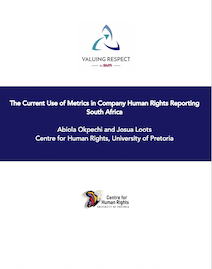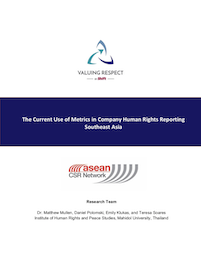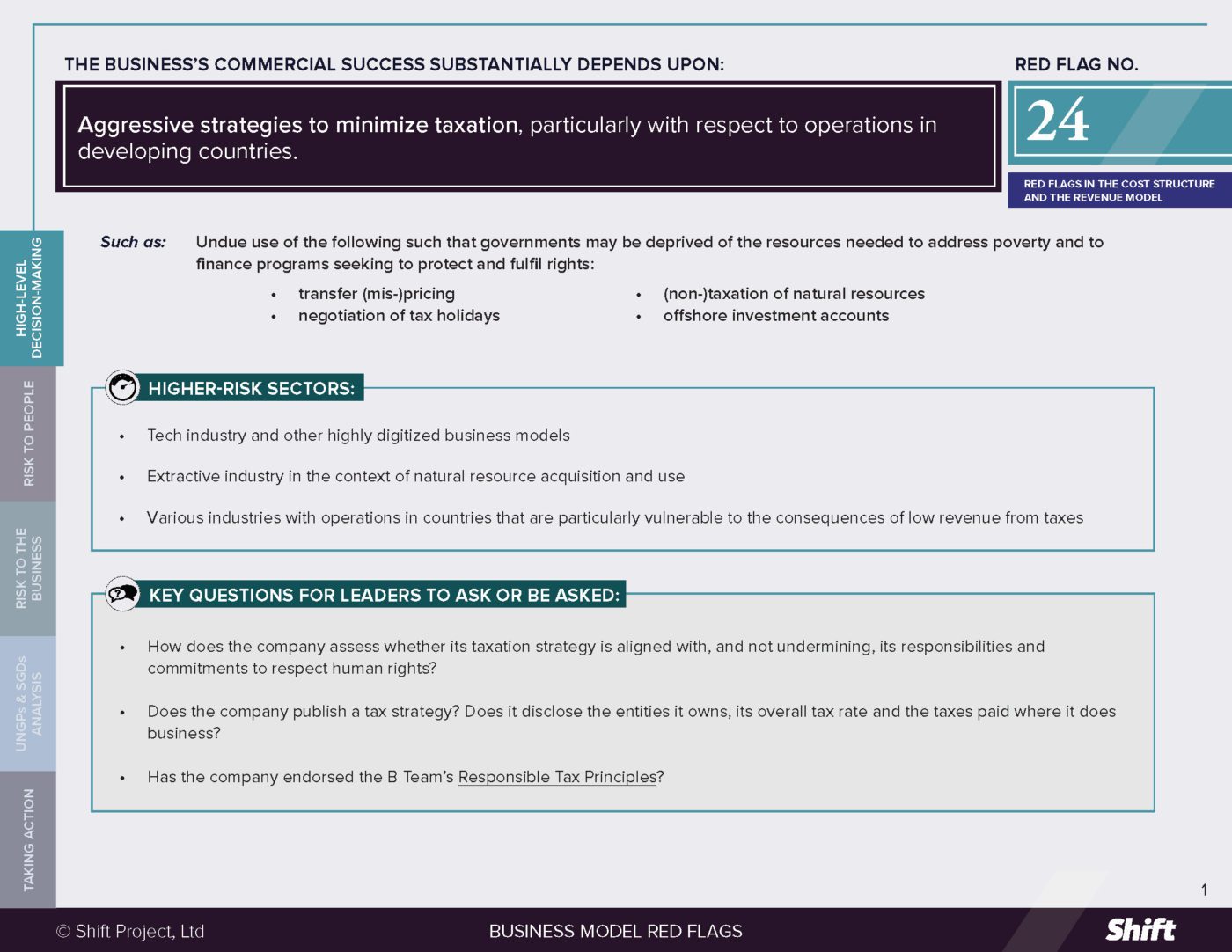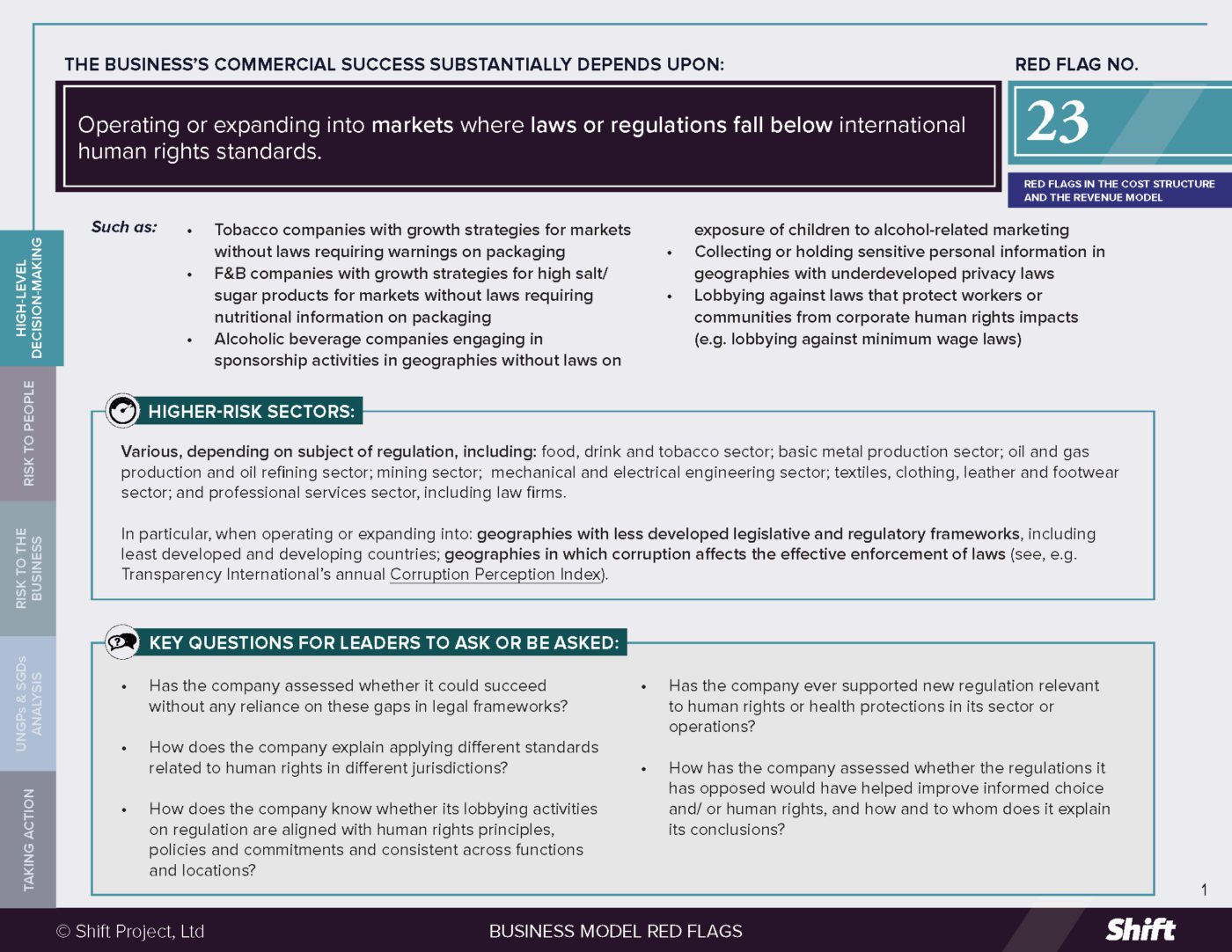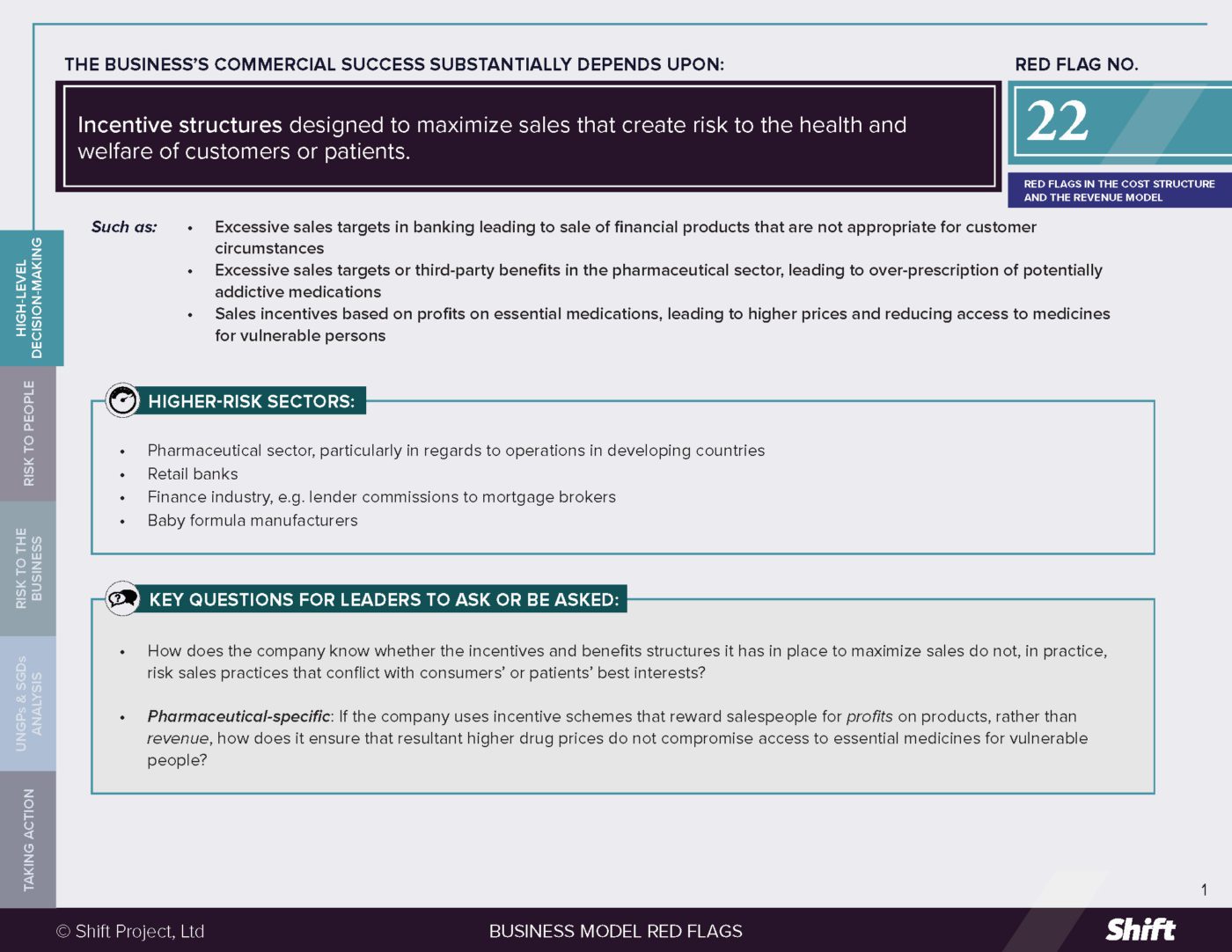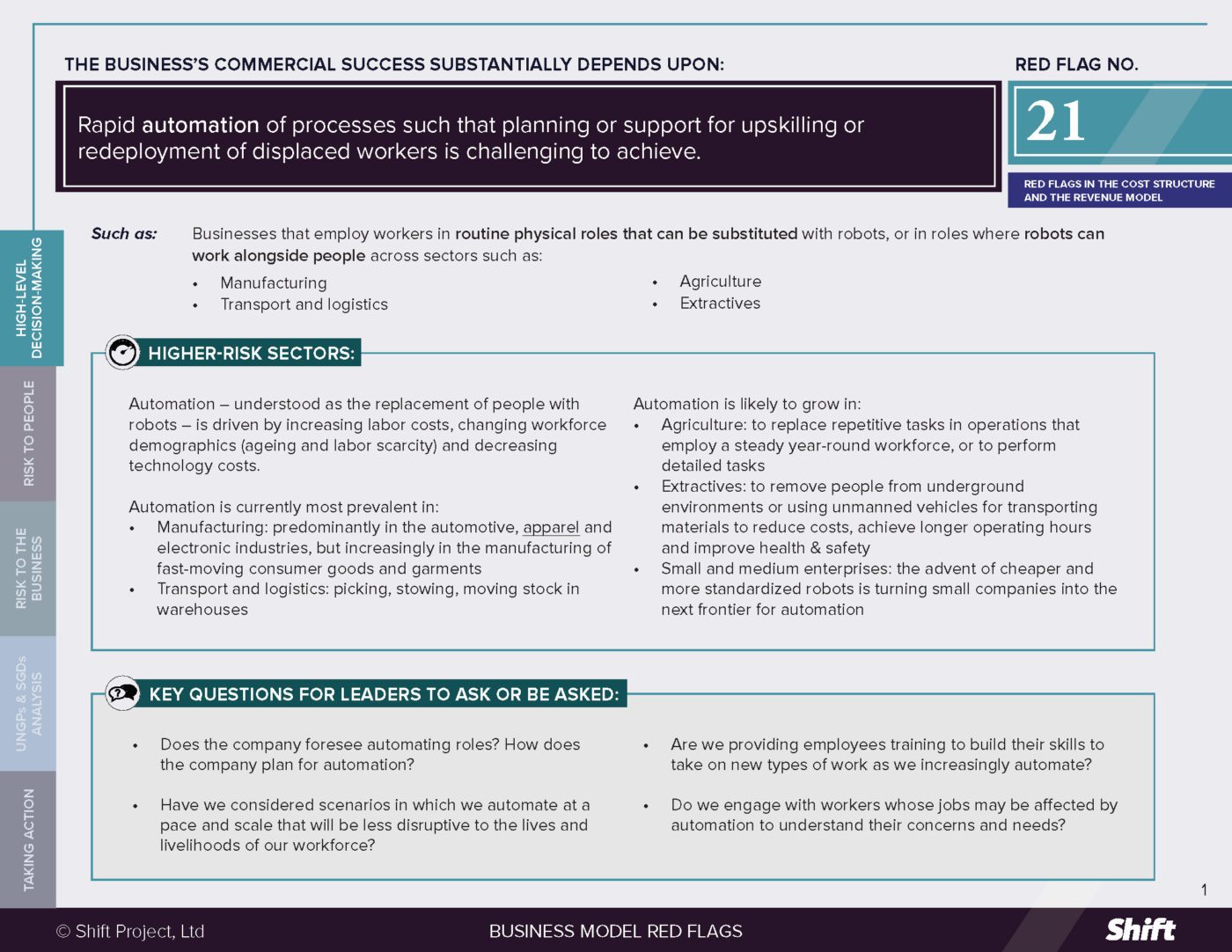We did a breakdown of the types of indicators that are being used in the region. This report summarizes findings from research into the current use of metrics by South African companies in their human rights related reporting.
The research was conducted from mid 2018 to early 2019, and has informed the direction and focus of the Valuing Respect project.
A Quick Look at Our Findings
- Companies mainly provide evidence for the fact that activities (e.g., such as training, assessments and audits) have been conducted and that outputs (e.g., new products or knowledge) have been achieved. Activity and Output indicators make up 50% of all of the indicators identified in the research. Even then, much of the information is reported without reference to the effect of activities and outputs on business practices/behaviors or outcomes. This pattern was consistent across all of the industries analyzed.
- 70% of all indicators and evidence provided in human rights-related disclosures uses quantitative measures of things it is relatively easy to count. There is a focus on coverage data for activities (i.e., numbers of actions or people reached), or numbers of problems/issues identified (e.g., numbers of complaints or number of non-compliances found).
- The lack of evidence and supporting narrative across the causal pathway – from input to activity to output and all the way to outcomes – is common even for areas where one assumes there might be relatively mature practice (e.g., on health and safety, black economic empowerment, diversity, child labor and freedom of association.)
- There are some interesting positive outlier examples where indicators and information beyond inputs, activities and outputs are reported. These tend to be in case study form and narrate the full pathway to include outcomes for people and for the business. The outliers pertain to a) company/community relationships at specific operations, health and safety; b) relocation and resettlement data or c) data about compensation by the mining industry for historical human rights harms. It is possible that this more innovative and complete approach to tracking reflects a close tie between positive outcomes for people and positive social license benefits for business.

 Business Model Red Flags
Business Model Red Flags  Tool for Indicator Design
Tool for Indicator Design 